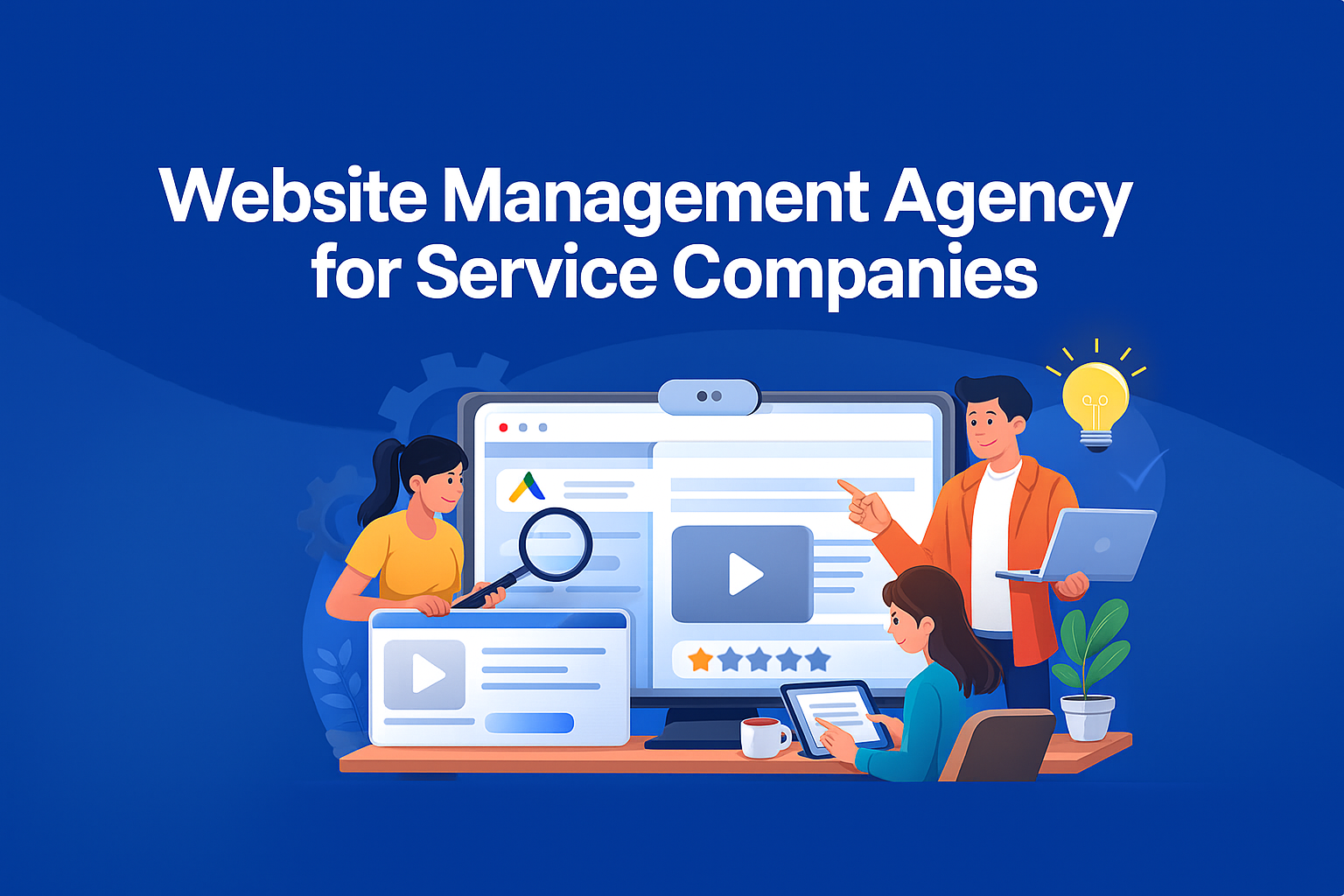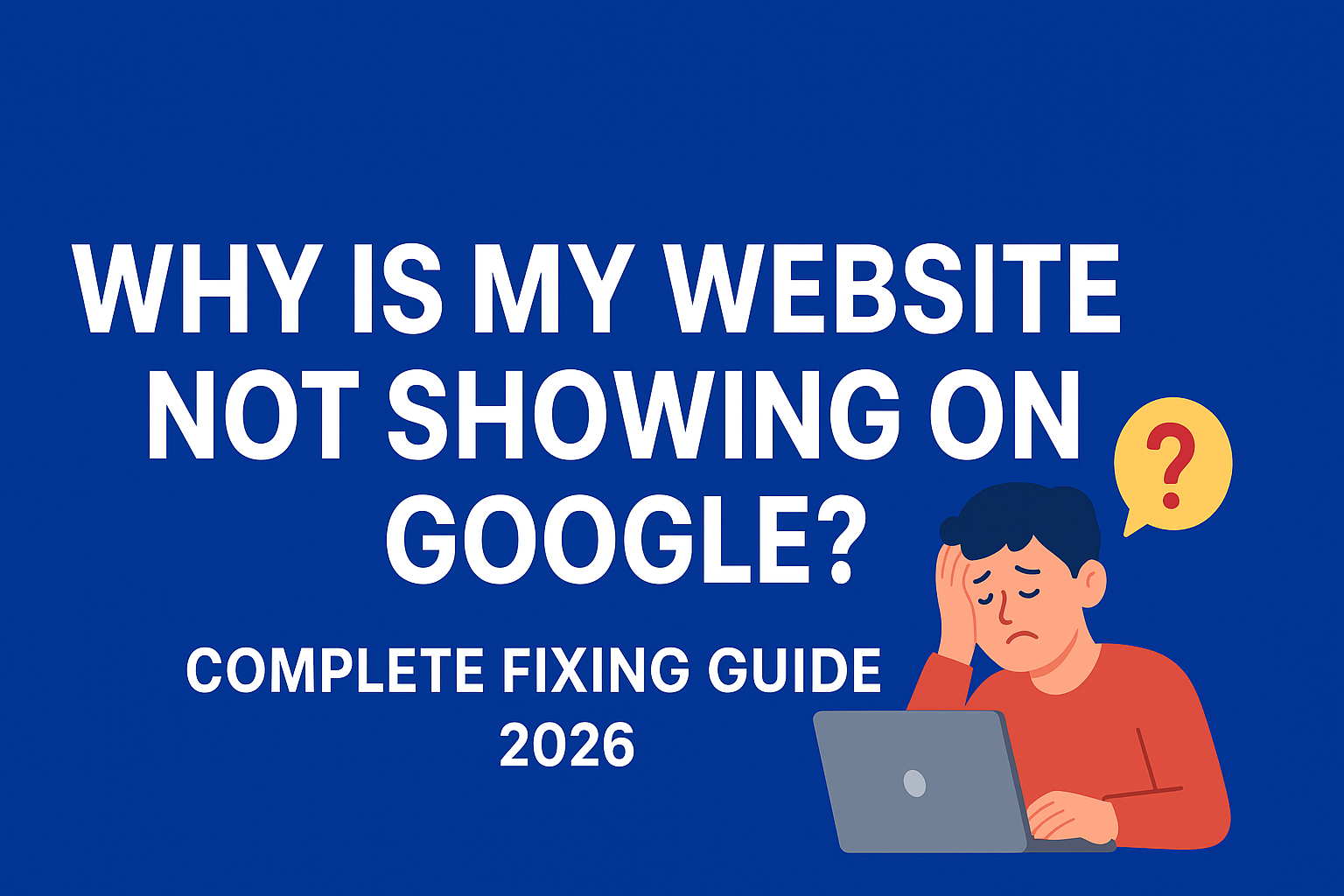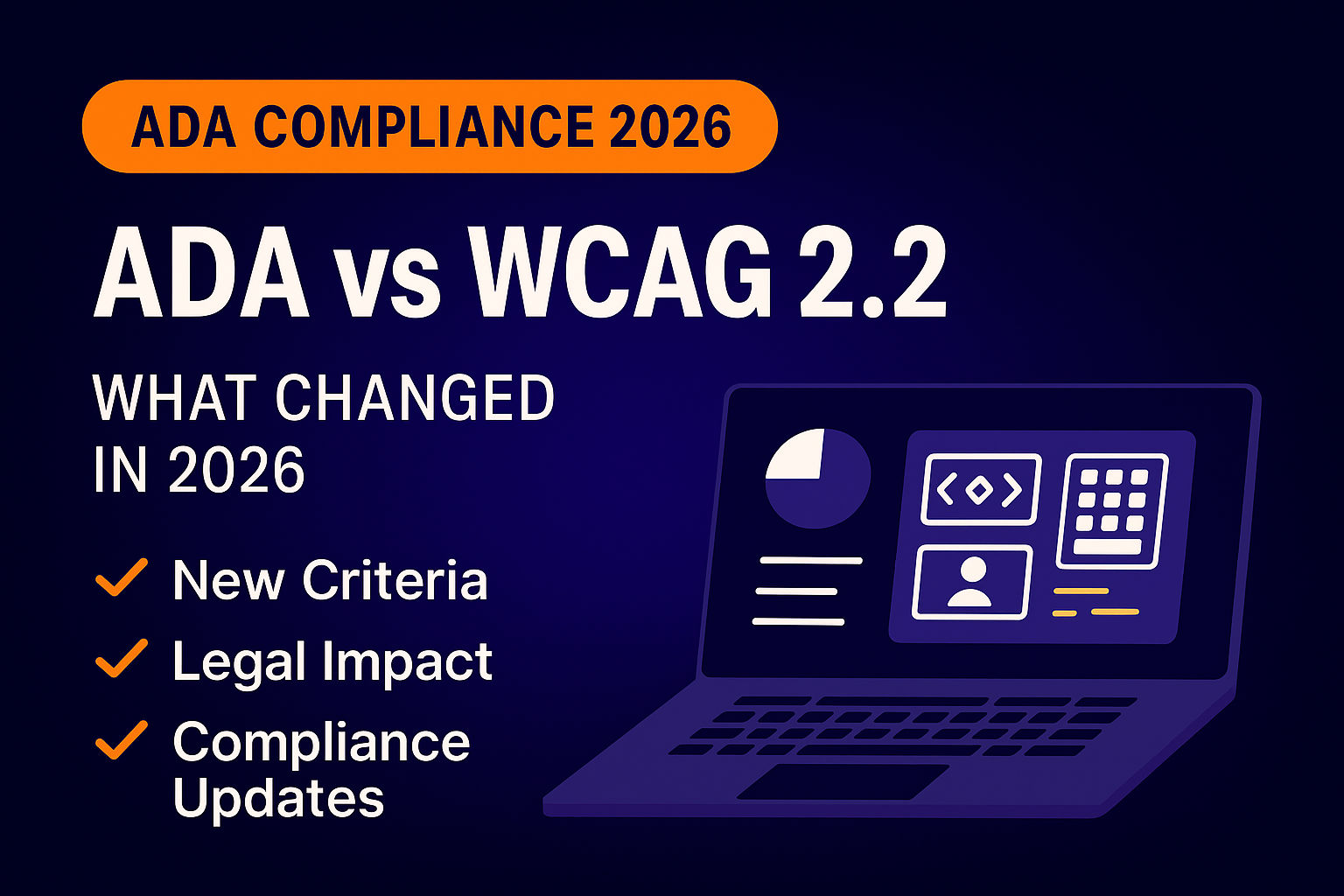Alright, business owner. You’re not getting the traction you deserve, and it’s driving you nuts. Your website is a digital ghost town, and it’s all because you’re missing the mark on who your audience is and what they need. If you don’t fix this fast, your competitors will continue to laugh all the way to the bank. Here’s your ultimate, no-BS guide to building a website that zeroes in on your target audience and converts like crazy.
Pain Point: You’re Missing Your Target Audience
You’ve got a great product or service, but your website isn’t speaking to the right people. It’s like shouting into the void. Your audience is out there, but you’re not connecting with them. Let’s change that.
Step 1: Know Your Customer Better Than They Know Themselves
You need to understand your audience’s deepest desires and biggest fears. Get inside their heads:
- Pain Points: What’s causing them the most frustration? What problems are they desperate to solve?
- Desires: What are their dreams and aspirations? What are they really looking for in a solution?
- Behavior: Where do they spend their time online? What do they read, watch, and engage with?
Use surveys, analytics, and direct feedback to gather this crucial intel.
Step 2: Choose a Platform That Supports Your Strategy
Your website platform should align with your business goals and audience needs:
- WordPress: Highly customizable and great for SEO, perfect for content-heavy sites.
- Shopify: Ideal for e-commerce, offering robust features for online stores.
- Wix: User-friendly and versatile, great for visually driven businesses.
Select the platform that best fits your audience’s expectations and your business model.
Step 3: User Experience – Design with Them in Mind
Your website should be as user-friendly as possible. If it’s not, you’re losing potential leads every second:
- Speed: Your audience won’t wait. Optimize images, streamline code, and use fast hosting.
- Mobile-Friendly: If it doesn’t work flawlessly on mobile, you’re missing out on over half your potential traffic.
- Intuitive Navigation: Make it easy for users to find what they’re looking for. Clear, logical menus are a must.
Step 4: Speak Their Language with Killer Content
Content is the backbone of your website. It needs to resonate with your audience:
- Blog Posts: Regular, relevant, and engaging. Address their pain points and offer solutions.
- Case Studies and Testimonials: Real-world proof that you can deliver what they need.
- Clear CTAs: Direct, compelling calls-to-action that tell visitors exactly what to do next.
Step 5: SEO – Make Sure They Find You
SEO isn’t just about keywords; it’s about being found by the right people:
- Keyword Research: Use keywords that your audience is actually searching for.
- On-Page SEO: Optimize your titles, meta descriptions, headers, and alt texts.
- Technical SEO: Ensure your site’s technical aspects are up to par – sitemaps, SSL, robots.txt.
- Backlinks: Build high-quality backlinks to boost your authority and rankings.
Step 6: Lead Generation Tools – Capture Every Opportunity
Your website should be designed to capture leads at every turn:
- Contact Forms: Easy to find, simple to fill out.
- Live Chat: Engage visitors in real-time and turn queries into conversions.
- Email Sign-Ups: Use pop-ups and embedded forms to grow your email list.
Step 7: Social Proof – Build Trust Instantly
Social proof is critical to converting skeptical visitors:
- Reviews: Display them prominently on your site.
- Testimonials: Real testimonials from real customers build trust.
- Case Studies: Detailed success stories that showcase your capabilities.
Step 8: Constantly Analyze and Improve
Your website is a living, breathing tool. It needs constant care and feeding:
- Analytics: Use tools like Google Analytics to track performance.
- Key Metrics: Monitor bounce rates, session durations, and conversion rates.
- Continuous Improvement: Always be testing and tweaking to improve user experience and conversions.
Conclusion
Building a website that targets your audience and converts them into leads isn’t rocket science, but it does require a strategic approach. Know your customer inside and out, choose the right platform, prioritize user experience, create killer content, optimize for SEO, integrate lead generation tools, leverage social proof, and continuously analyze and improve. At The Clay Media, we specialize in turning websites into high-converting powerhouses. Contact us today and start connecting with your audience in a way that drives results. Don’t let your competitors keep winning. Take control and dominate your market.





